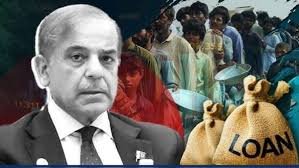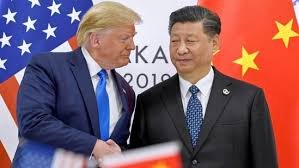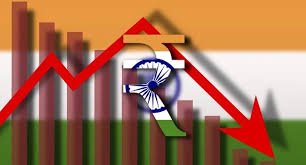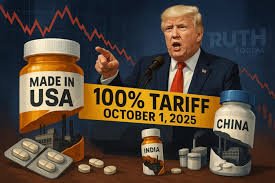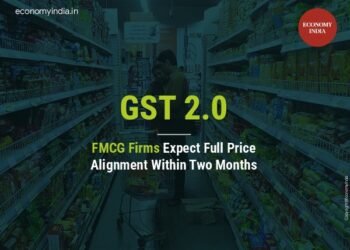Retail inflation rises due to expensive vegetables; fuel inflation shows mixed trends
NEW DELHI (Economy India): : India’s wholesale inflation dropped to a 4-month low of 1.31% in August 2024, providing some relief as essential goods became cheaper. In contrast, retail inflation edged higher to 3.65% in the same period, primarily due to rising vegetable prices.
The latest data reveals a downward trend in wholesale price inflation (WPI) after it stood at 2.04% in July, 3.36% in June, and 2.61% in May. The August figure marks a notable reduction from these previous months. The lowest point in the recent period was recorded in April 2024 when WPI stood at 1.26%.
Key Influences on Inflation
The decline in WPI is largely attributed to a drop in the prices of daily essential items. However, the inflation rate for fuel and power items showed mixed trends, with prices rising in some areas and falling in others.
- Essential goods inflation decreased from 3.08% in July to 2.42% in August.
- Food inflation slightly reduced from 3.55% to 3.26%.
- Fuel and power inflation saw a notable shift, rising from -1.72% in July to -0.67% in August.
Breakdown of Wholesale Price Index (WPI)
The WPI has three major components:
- Primary Articles (22.62% weightage)
- Fuel and Power (13.15% weightage)
- Manufactured Products (64.23% weightage)
Among these, primary articles include essential food items like grains, vegetables, and crude oil. Fuel and power inflation impacts industries more directly, and any prolonged rise in prices tends to trickle down to consumers.
Impact of WPI on the Economy
Prolonged high wholesale inflation can have a ripple effect across various sectors. If producers are burdened with increased costs, they may pass this on to consumers, affecting retail prices. The government can intervene through tax reductions to ease inflation, as seen previously when excise duties on fuel were cut.
A government official noted, “While measures like tax cuts can help in certain situations, there’s a limit to how much the government can reduce taxes without affecting revenue.”
How is Inflation Measured?
India tracks inflation through two indices:
- Retail Inflation (Consumer Price Index or CPI) represents the prices paid by consumers for goods and services.
- Wholesale Inflation (WPI) measures the prices at which businesses sell goods to other businesses.
The composition of these indices differs: WPI focuses more on manufactured products and primary articles, while CPI gives more weight to food, housing, and
fuel.
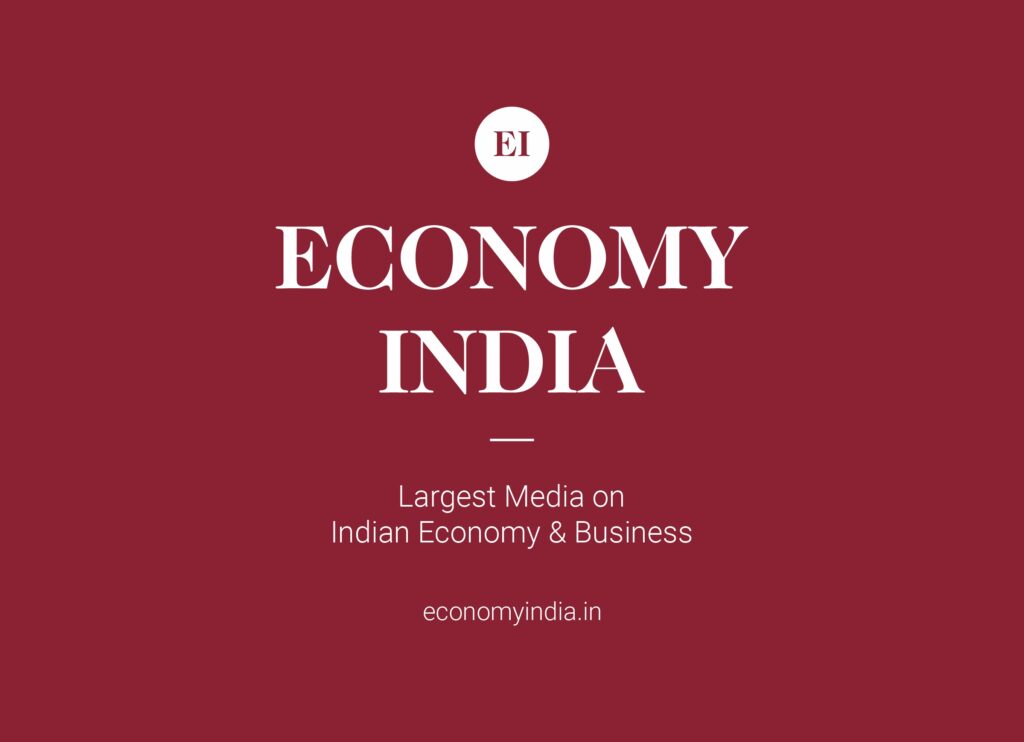
RBI’s Inflation Forecast
The Reserve Bank of India (RBI) has maintained its inflation target for the current fiscal year at 4.5%. Despite the fluctuations in both retail and wholesale inflation, RBI Governor Shaktikanta Das remains optimistic. “Inflation is decreasing, but the progress is slow and uneven. India’s growth and inflation trajectory is moving in a balanced manner, but we must stay vigilant to ensure it aligns with our target,” Das said during the recent Monetary Policy Committee meeting.
(Economy India)





